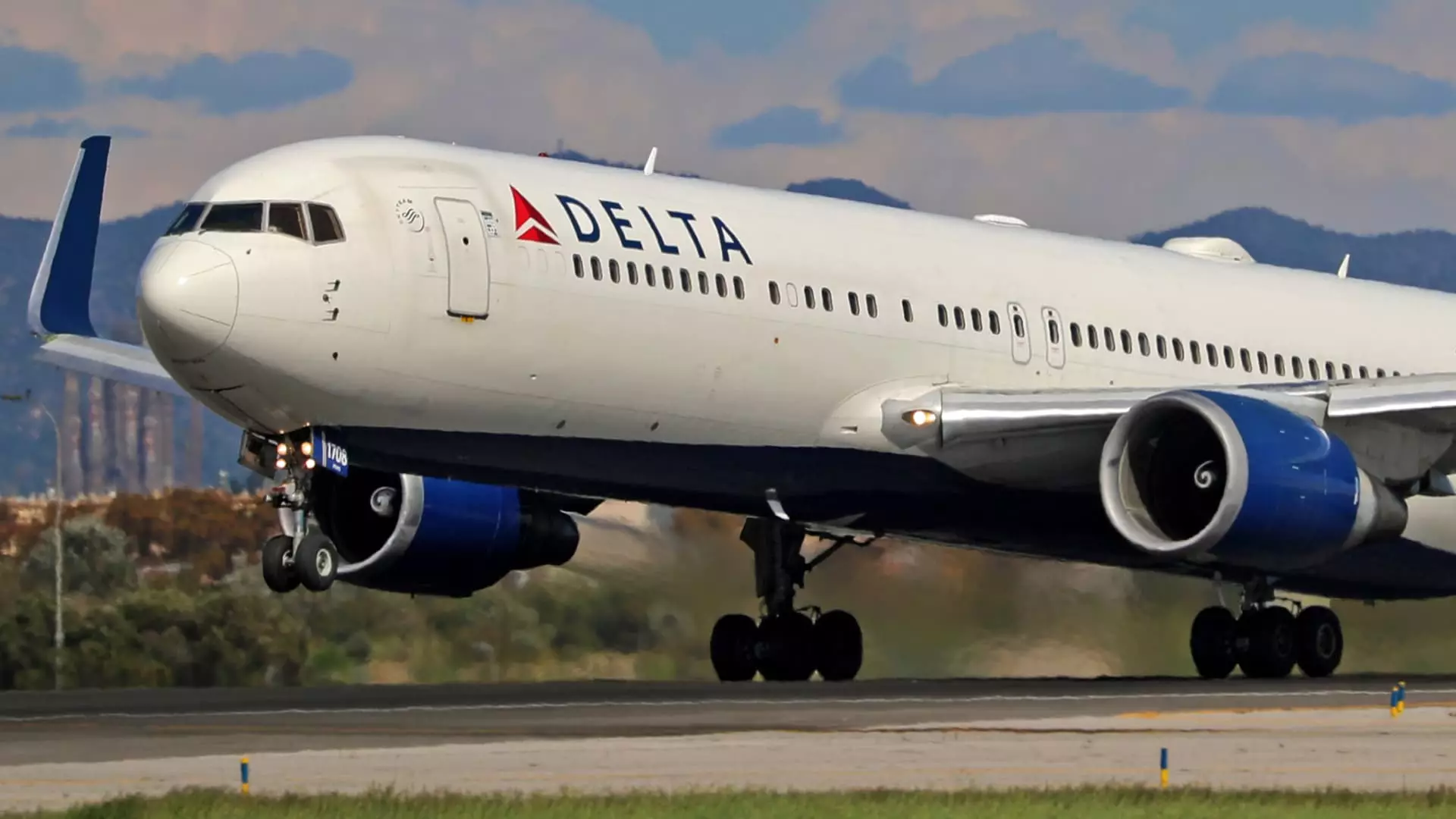The airline industry has long been a cornerstone of global commerce and travel, facilitating movement not just for leisure but for business as well. Yet, as we enter 2025, ominous signs loom large on the horizon. Many U.S. airlines are preparing to revise their earnings forecasts, with travel demand seemingly dwindling. This is particularly alarming for an industry that has barely recuperated from the crippling impact of the COVID-19 pandemic. The frequent disruption—manifested through weak consumer bookings, mass layoffs, and international travel tariffs—has led some analysts to question the robustness of an industry previously perceived as resilient.
As travel bookings take a nosedive, the pitfalls of the airline sector are becoming increasingly visible. The ramifications are significant: fewer flights, reduced routes, and plummeting stock values. Investors who thought the post-pandemic recovery would continue uninterrupted are now grappling with harsh realizations. According to financial analysts like Savanthi Syth of Raymond James, the travel landscape has experienced a seismic shift just within the last quarter alone. The once-booming corporate and leisure travel sectors are revealing strains—indicating unsettling trends that could undermine long-term profitability.
The Perils of Secular Changes
Sluggish travel demand is not merely an episodic issue restricted to a sector or two; it reflects broader economic currents. Tariffs imposed during the administration of former President Donald Trump have added layers of complexity to the situation, creating a chilling effect on cross-border travel. Consequently, airlines have been forced to rethink their pricing strategies and service models. While travelers may have prioritized experiences over material goods in the post-pandemic era, that appetite appears to be simmering down, as evidenced by declining interest in international destinations.
Bookings between the U.S. and Europe have decreased by about 13% from the previous year, according to aviation analytics firm Cirium. While this data captures only online travel agency reservations, it suggests that consumer confidence may be waning. Coupled with government spending cuts and corporate layoffs—the likes of which have disproportionately affected consulting firms like Deloitte—it is clear that the landscape for airline travel is changing. The precarious interplay between corporate budgets and travel spending is likely to strangle the lifeblood of airline revenues in ways that are hard to quantify.
The Financial Fallout
The market’s reaction has been immediate and severe: airline stocks have witnessed steep declines, with major carriers like Delta, American Airlines, and United Airlines experiencing drops of 38%, 45%, and 40%, respectively. These declines reveal a stark contrast to the optimistic forecasts held just a few months prior, signifying a daunting foreshadowing of future revenue struggles. What’s perhaps more disconcerting is how this sentiment isn’t just confined to a handful of companies but is pervasive across the airline industry.
Analysts have also voiced concerns about the sustainability of premium travel demand. High-income consumers have been the backbone of airlines’ financial recovery, but there are sobering doubts about whether this segment can maintain its momentum amidst economic uncertainties. The move towards austerity among corporations implies that demand for premium services could dwindle. Some pragmatically suggest that airlines could stimulate reluctant consumers by enhancing loyalty programs and offering enticing rewards. While the planes might be full, the question remains: at what cost?
Beneath the Surface: A Call to Reflect
It is crucial to understand that the current predicament is not simply a momentary blip but potentially indicative of larger structural problems within the airline industry. The convergence of rising inflation, geopolitical instability, and a retreat into isolationism could spell disaster for an industry that thrives on global connectivity. Economists are now suggesting that these forces could conspire to create a new paradigm—a “post-pandemic reality” where travel is not just a luxury but a significantly diminished commodity.
The lingering essence of the COVID-19 crisis still hangs over the industry, with nervousness palpable among stakeholders. Consumer behavior has shifted significantly, reflecting a tougher economic landscape where even the masses once eager for travel are standing hesitantly at the edge of uncertainty. If the optimism of the previous years has eroded so quickly, what does the future hold?
As the airline industry braves this new terrain, it may have to confront hard truths about itself. Are these airlines prepared for a future where binge travel is no longer the norm? Are they equipped to adapt to a consumer base reevaluating its priorities? The coming months will undoubtedly be a litmus test—one that may reshape our understanding of what travel means in a world grappling with both economic shifts and a pandemic-tinged legacy.

